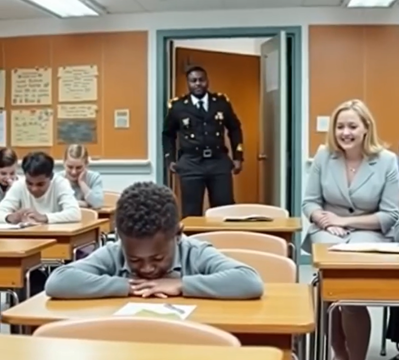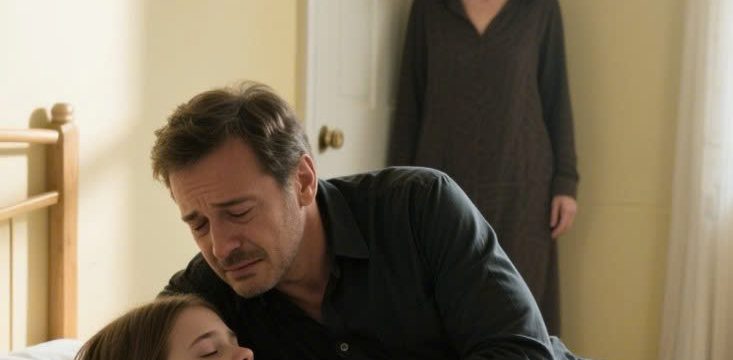In 2016, the world was shaken by the sudden and tragic death of Harambe, a 17-year-old Western lowland gorilla living at the Cincinnati Zoo. The incident, sparked when a three-year-old boy accidentally fell into Harambe’s enclosure, led to a decision that remains debated to this day: zoo staff shot and killed the gorilla to protect the child. Nearly a decade later, experts across zoology, animal behavior, and ethics continue to analyze those final moments—not just to understand what happened, but to learn lessons that might shape the future of human-animal interactions.

The Incident That Sparked Global Debate
On that day in May 2016, stunned visitors recorded video footage of Harambe and the young boy inside the enclosure. The child, small and frightened, was seen being approached by the massive gorilla. To untrained eyes, Harambe’s movements appeared alarming—he dragged the child at moments and loomed over him with his sheer size. Yet some observers also noticed flashes of gentleness, interpreting his behavior as protective rather than aggressive. Within minutes, zoo officials made the decision to shoot Harambe, fearing that tranquilizers would not act quickly enough and that the child’s life was at risk.
The event unleashed an international outcry. Supporters of the zoo argued that staff had no other choice; critics said Harambe had been misunderstood and should not have been killed. What everyone agreed upon was that the incident exposed serious questions about zoo safety, enclosure design, and humanity’s relationship with wild animals.
What Experts Saw in Harambe’s Behavior
Ethologists—scientists who study animal behavior—continue to analyze Harambe’s body language in those tense moments. Many point out that gorillas are known for displaying protective instincts, especially toward younger members of their group. Harambe’s posture, his attempts to stand near the child, and even his pauses have been interpreted by some as signs that he was not intending to harm the boy.
Still, the unpredictable nature of a 400-pound gorilla cannot be overlooked. Even small movements could have caused injury, especially given the child’s fragile size. As primatologist Frans de Waal once noted, gorillas may act out of curiosity or protectiveness, but their physical power makes even benign gestures dangerous in a human context. This duality—Harambe’s possible compassion alongside his immense strength—formed the core of the debate.
Why the Zoo Chose Lethal Force
Critics often ask why non-lethal options weren’t pursued. Zoo officials explained that tranquilizers take time to subdue a large gorilla, often several minutes. During that period, Harambe could have reacted unpredictably, especially if he felt threatened by screaming crowds, zookeepers shouting, or the sting of a dart. In a matter of seconds, the child’s life could have been lost. For zoo staff, the safety of a human visitor had to take priority, even at the heartbreaking cost of Harambe’s life.
Animal behaviorists acknowledge the difficulty of this decision. While some argue that Harambe showed no clear intent to harm, others emphasize that the zoo could not gamble on interpreting his behavior incorrectly. In situations of uncertainty, human life is always given precedence, a principle embedded in zoo emergency protocols worldwide.
The Ripple Effect Across Zoos
The tragedy at Cincinnati Zoo had consequences far beyond Harambe’s enclosure. Zoos across the globe began re-evaluating their safety measures to ensure such a situation would never occur again. Many institutions redesigned barriers to prevent children or visitors from climbing into habitats. Surveillance technology has been upgraded to allow staff to respond faster and more effectively. Training for zookeepers has also expanded, emphasizing both crisis response and understanding the stress signals of animals.
This renewed focus on safety represents one of Harambe’s most enduring legacies. His death, though tragic, became a turning point that pushed zoos to reflect not only on physical barriers but also on the delicate balance between showcasing animals and protecting both them and the public.
The Ethical Debate: Captivity Versus Conservation
Beyond safety, Harambe’s story reignited broader questions about keeping animals in captivity. Supporters of modern zoos argue that they play a vital role in conservation, education, and breeding programs for endangered species. Western lowland gorillas, Harambe’s species, are classified as critically endangered. Without zoos, many argue, public awareness and conservation funding would suffer greatly.
Yet critics counter that captivity itself creates risks like the one that ended Harambe’s life. They question whether it is ethical to confine intelligent, emotionally complex animals for human viewing. Harambe’s death, for many, symbolized the cost animals pay when forced to live in environments far from their natural habitats. The incident continues to fuel calls for sanctuaries, expanded conservation in the wild, and stricter ethical standards for zoos.
Harambe’s Legacy in Public Memory
Harambe’s death didn’t just prompt expert analysis; it also became a cultural phenomenon. Memes, protests, and campaigns flooded the internet, some satirical and others deeply serious. While some of the online commentary trivialized the tragedy, much of it reflected genuine grief and outrage. People around the world mourned Harambe, not just as a gorilla but as a symbol of innocence caught in a clash between human error and institutional responsibility.
The fact that nearly a decade later people still speak his name highlights how powerfully his story resonated. For many, Harambe stands as a reminder of the fragile line between humans and nature, and the responsibilities we bear when those worlds intersect.
Lessons Moving Forward
Experts agree that the best way to honor Harambe is by learning from his story. That means continuously improving zoo safety protocols, deepening public education about animal behavior, and re-evaluating the ethics of captivity. It also means fostering a greater respect for wild creatures—understanding that while they may sometimes appear nurturing or even gentle, their instincts and power can never be underestimated.
Harambe’s death was not just the end of a life but the start of an ongoing global conversation. His story challenges us to create a future where animals and humans can coexist more safely, where tragedies like his are prevented, and where respect for wildlife guides every decision we make.





